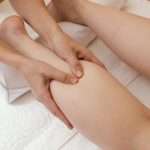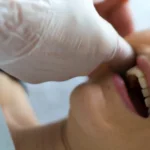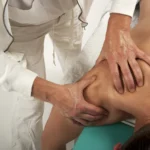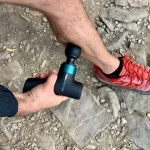Have you ever felt that stubborn ache between your shoulder blades after a long day at your desk? Upper back pain is a common issue that affects millions due to poor posture, stress, and muscle tension. But the good news? Massage therapy can offer powerful relief.
Whether you’re an office worker hunched over a keyboard, an athlete dealing with muscle tension, or someone struggling with chronic discomfort, this guide will walk you through expert-backed massage techniques, self-care tips, and aftercare strategies. Plus, we’ll explore how combining massage with lifestyle changes and ergonomic improvements can lead to long-term pain relief.
Table of Contents
Causes of Upper Back Pain
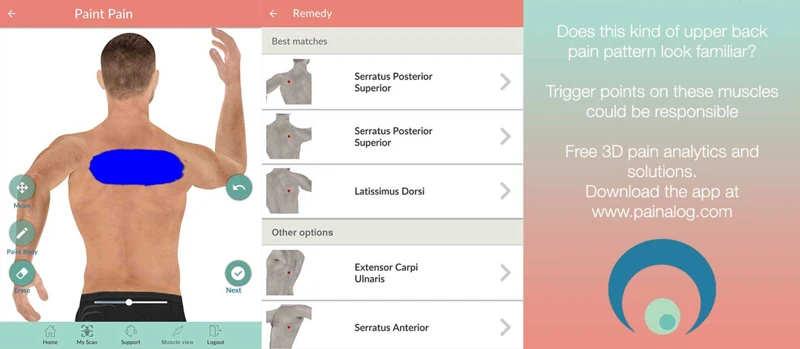
What’s Triggering Your Pain?
- Poor Posture: Slouching, forward head posture, and rounded shoulders create tension in the upper back muscles. Spending hours at a desk without proper support only makes it worse.
- Muscle Strain: Repetitive movements, heavy lifting, and prolonged sitting can overwork muscles like the trapezius, rhomboids, and latissimus dorsi.
- Spinal Misalignment: Herniated discs, scoliosis, or kyphosis can all contribute to persistent back pain.
- Stress & Anxiety: Ever notice how stress makes your shoulders feel tight? That’s because emotional tension causes muscle tightness, which can turn into chronic pain.
- Medical Conditions: Arthritis, scoliosis, fibromyalgia, and degenerative disc disease are common culprits behind upper back pain.
- Sleeping Position: Using the wrong pillow or sleeping on your stomach can create extra pressure on the spine, leading to stiffness.

Best Massage Techniques for Upper Back Pain Relief
1. Effleurage (Gentle Gliding Strokes)
- Warm up muscle tissue and improve circulation.
- Use the palms of your hands to apply long, smooth strokes along the back.
2. Petrissage (Kneading & Rolling)
- Helps relieve muscle tension by lifting and squeezing the muscle fibers.
- Apply moderate to firm pressure using your fingers, thumbs, and palms.
3. Trigger Point Therapy (Focused Pressure on Knots)
- Press and hold tight knots (trigger points) to relieve localized pain.
- Apply deep pressure for 10-30 seconds, then gradually release.
4. Friction Massage (Deep Circular Movements)
- Breaks down adhesions and scar tissue within the muscles.
- Use knuckles or fingertips to apply firm, circular pressure.
5. Tapotement (Rhythmic Tapping)
- Involves light percussive movements to stimulate circulation and muscle relaxation.
How to Give an Effective Upper Back Massage

- Create a Relaxing Environment: Find a comfortable chair or massage table and use a quality massage oil (like coconut, arnica, or menthol-based oils).
- Start with Gentle Strokes: Warm up the muscles using effleurage before applying deeper pressure.
- Use Firm, Controlled Pressure: Target knots with petrissage and friction techniques to break up muscle tension.
- Apply Trigger Point Therapy: Hold pressure on tight spots for about 20-30 seconds until they soften.
- Incorporate Myofascial Release: Slowly stretch and manipulate the fascia (connective tissue) for longer-lasting relief.
- Finish with Heat Therapy & Stretching: Use a heating pad and stretch to prevent muscles from tightening up again.
Self-Massage Techniques for Upper Back Pain
Foam Rolling
- Lay on a foam roller and gently roll back and forth over tight areas.
- Focus on the thoracic spine while keeping your lower back supported.
Massage Guns
- Use a percussive device like a Theragun to loosen up tight muscles.
- Start with low intensity and gradually increase pressure.
Tennis Ball Against the Wall
- Place a tennis ball between your upper back and a wall.
- Lean into the ball and move slowly to massage knots.
- Hold pressure on tender spots for 30 seconds before releasing.
Back Massagers
For those who want consistent relief without manual effort, back massagers can be an excellent alternative. They help apply deep pressure to the upper back, mimicking professional massage techniques and relieving muscle tension efficiently.
Key Benefits of Massage for Upper Back Pain
✅ Relieves Muscle Tension: Helps loosen stiff muscles and improve flexibility.
✅ Boosts Circulation: Encourages better blood flow, reducing inflammation.
✅ Releases Endorphins: Stimulates the body’s natural painkillers.
✅ Improves Mobility: Increases your range of motion and reduces stiffness.
✅ Lowers Stress & Anxiety: Encourages relaxation and a sense of well-being.
✅ Enhances Sleep Quality: Less pain = better, deeper sleep.

Post-Massage Care for Long-Lasting Relief
- Use Heat or Ice Therapy: Apply heat to relax muscles, or use ice to reduce inflammation.
- Stretch Daily: Incorporate shoulder blade squeezes, thoracic extensions, and doorway stretches.
- Stay Hydrated: Drinking water helps flush out toxins and reduces muscle soreness.
- Fix Your Posture: Adjust your desk setup, use an ergonomic chair, and avoid hunching over screens.
- Sleep Smart: Use a supportive pillow and avoid stomach sleeping to keep your spine aligned.
When to See a Professional
🚨 Severe Pain: If your pain is intense and doesn’t improve, seek medical attention.
🚨 Chronic Discomfort: If pain lasts more than two weeks, consult a professional.
🚨 Underlying Medical Issues: Arthritis, nerve compression, or osteoporosis require specialized care.
🚨 Injury-Related Pain: If your pain started after an accident or sports injury, get it checked out.
Frequently Asked Questions
What’s the Best Massage for Upper Back Pain?
Deep tissue massage with trigger point therapy is the most effective. Swedish massage is a great option if you prefer something gentler. Deep tissue massage is particularly helpful for those who have suffered an injury or strain and are looking for long-term relief.
How Often Should I Get a Massage?
For best results, massage your upper back at least three times a week. If pain persists, a professional therapist may help.
Are There Any Risks to Massaging My Upper Back?
✔️ Avoid massaging over bruises, open wounds, or inflamed areas.
✔️ Check with a doctor if you have an underlying medical condition.
✔️ Don’t apply excessive pressure for long periods.
✔️ Drink plenty of water before and after to stay hydrated.
How Can I Tell If I’m Massaging Correctly?
✔️ If the pain lessens and you feel relief, you’re on the right track.
✔️ Adjust pressure if you experience sharp pain or discomfort.
✔️ Pay attention to your posture and breathing.
✔️ Regular practice will improve your technique over time.
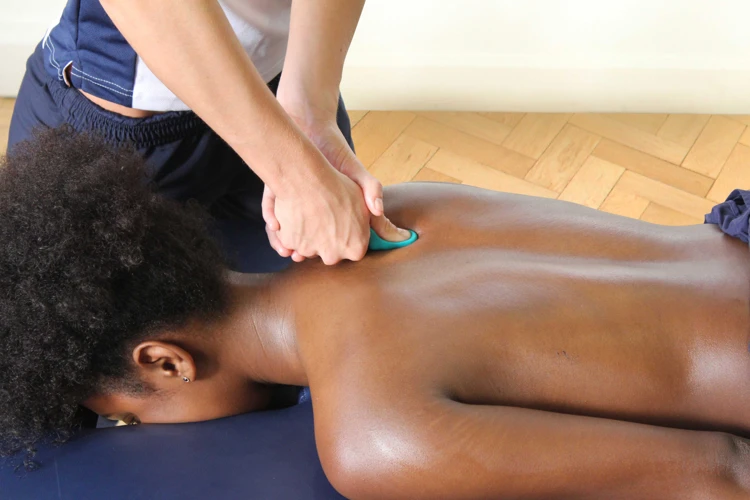
Final Thoughts
Massage therapy isn’t just a quick fix—it’s a powerful tool for maintaining a pain-free, active lifestyle. Whether you’re using self-massage techniques, a back massager, or visiting a professional, regular care combined with good posture, stretching, and hydration can keep upper back pain at bay.
Want Lasting Relief? Try combining massage with ergonomic improvements, stress management, and an active lifestyle. Your back will thank you!
References
- Massage Therapy: A Scientific Approach to Reducing Muscle Pain
- Acute and Chronic Back Pain in Adults
- Muscle Relaxants for Low Back Pain
⚠️ Disclaimer:
This article is for informational purposes only and does not constitute medical advice. Always consult with a licensed healthcare provider or certified massage therapist before beginning any new treatment, especially if you have pre-existing health conditions or concerns.


